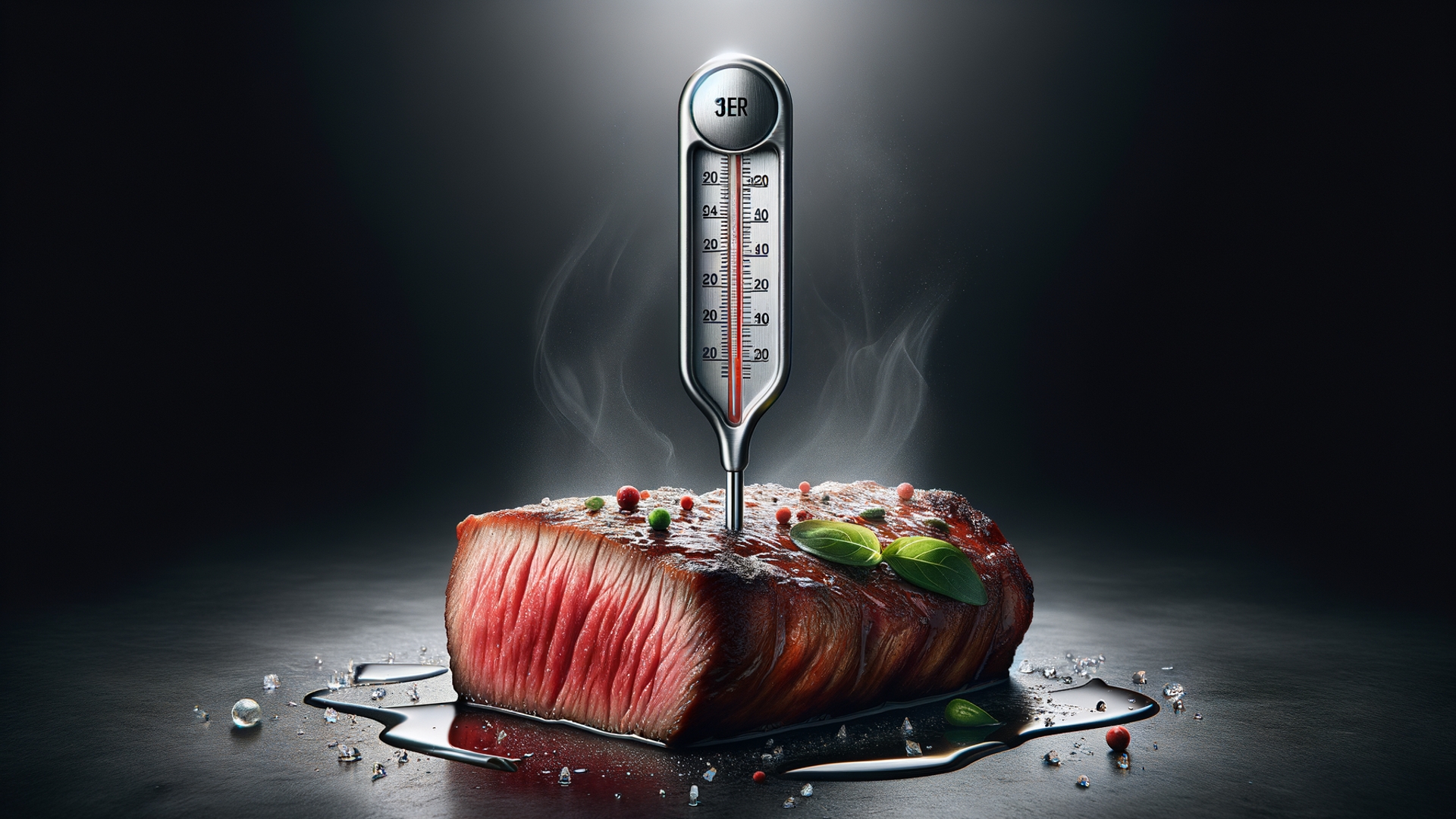When it comes to cooking and nutrition, fat plays a key role in providing energy, flavor, and essential nutrients. Among the various types of animal fats available, grass-fed tallow stands out as a popular choice due to its potential health benefits and culinary uses. But how does it compare to other animal fats, such as lard, butter, and duck fat? This post explores the differences, benefits, and uses of grass-fed tallow and other animal fats to help you make an informed choice for your diet.
What Is Grass-Fed Tallow?
Tallow is a type of rendered fat, usually from beef or sheep, and is commonly used for cooking, frying, or as a base for various products. Grass-fed tallow comes from cows that are raised on a diet of grass, rather than grain. This difference in diet affects the fat’s nutritional profile, making it a preferred option for those looking for higher-quality fats.
Nutritional Profile of Grass-Fed Tallow
- Higher Omega-3s: Grass-fed tallow typically has higher levels of omega-3 fatty acids compared to conventionally raised beef fat. Omega-3s are beneficial for heart health and inflammation.
- Conjugated Linoleic Acid (CLA): This type of fat found in grass-fed tallow has been linked to fat loss and muscle gain, making it a popular fat for those focused on fitness.
- Vitamins: Grass-fed tallow is a good source of fat-soluble vitamins, including Vitamin A, D, and K2, which are essential for bone health and immunity.
Other Animal Fats
While grass-fed tallow is highly nutritious, other animal fats offer their own set of benefits. Here’s how they compare to grass-fed tallow.
1. Lard
Lard is rendered pork fat and has been a staple in cooking for centuries. It is known for its mild flavor and high smoke point, which makes it great for frying.
- Nutritional Profile: Lard contains mostly monounsaturated fat, with a smaller amount of saturated fat. Like grass-fed tallow, lard also contains omega-3s and vitamin D, though in smaller quantities than grass-fed tallow.
- Uses: Lard is versatile in the kitchen, commonly used for baking, frying, or making pie crusts due to its smooth texture and ability to hold heat.
2. Butter
Butter is a dairy fat derived from churning cream. While it is not technically an animal fat like tallow, it is often grouped with animal fats because it comes from cows.
- Nutritional Profile: Butter is high in saturated fat, with some beneficial fatty acids like butyrate, which supports gut health. Grass-fed butter, in particular, contains higher levels of omega-3s and CLA, similar to grass-fed tallow.
- Uses: Butter is great for sautéing, spreading on bread, and baking. It imparts a creamy texture and flavor, making it a favorite for many recipes.
3. Duck Fat
Duck fat is rendered from the fat of ducks and is known for its rich, savory flavor. It is considered a delicacy in French cuisine.
- Nutritional Profile: Duck fat contains a balance of monounsaturated and saturated fats. It also offers omega-3s, but not in as high amounts as grass-fed tallow. It is also rich in oleic acid, which has heart-healthy benefits.
- Uses: Duck fat is often used for roasting vegetables, pan-frying, or cooking meats like duck or chicken. Its high smoke point and rich flavor make it a desirable fat for gourmet dishes.
4. Goose Fat
Goose fat is similar to duck fat, with a smooth texture and distinct flavor. It has been used in European cooking for centuries.
- Nutritional Profile: Goose fat is mostly monounsaturated fat, and like duck fat, it provides omega-3 fatty acids, but less than grass-fed tallow. It is also a good source of vitamin K2.
- Uses: Goose fat is perfect for roasting potatoes or vegetables, and it can also be used for frying or in sauces to add depth of flavor.
Grass-Fed Tallow vs. Other Animal Fats: Key Differences
Now that we’ve looked at the different types of animal fats, let’s compare grass-fed tallow to these options in terms of health benefits, flavor, and cooking versatility.
1. Health Benefits
Grass-fed tallow is often seen as a superior fat in terms of health benefits due to its higher levels of omega-3s, CLA, and fat-soluble vitamins. These nutrients help support immune function, reduce inflammation, and improve heart health.
- Omega-3 Fatty Acids: Grass-fed tallow contains a higher amount of omega-3s than lard, butter, and duck fat. Omega-3s are essential for brain health and reducing inflammation in the body.
- CLA: Conjugated linoleic acid is present in higher amounts in grass-fed tallow compared to other animal fats. CLA is linked to improved fat loss and muscle gain.
- Vitamins: Grass-fed tallow is rich in vitamins A, D, and K2, which support healthy bones, teeth, and the immune system. These vitamins are less abundant in lard and duck fat.
2. Flavor
Flavor preferences vary depending on the individual, but in general, grass-fed tallow has a neutral flavor, making it versatile for various dishes. It adds a rich, savory taste to meats and vegetables without overpowering other flavors.
- Lard: Mild flavor with a slight pork taste. Great for baking and frying.
- Butter: Creamy, rich flavor, ideal for baking and sautéing.
- Duck Fat and Goose Fat: Rich, savory flavors that complement roasted meats, potatoes, and vegetables. These fats are often used for their distinct taste in gourmet recipes.
3. Cooking Versatility
Grass-fed tallow is one of the most versatile animal fats, with a high smoke point of around 400°F (204°C). This makes it suitable for high-heat cooking methods such as frying, sautéing, and roasting. Its neutral flavor also allows it to work in a variety of dishes.
- Lard: Lard has a similar smoke point to tallow and is also great for high-heat cooking. It’s commonly used in baking, frying, and making pie crusts.
- Butter: Butter has a lower smoke point (around 350°F or 177°C), making it less suitable for high-heat cooking, but perfect for sautéing, spreading, or baking.
- Duck Fat and Goose Fat: These fats have high smoke points, making them perfect for frying, roasting, and sautéing. However, their strong flavors are best suited for specific dishes.
4. Cost and Availability
Grass-fed tallow can be more expensive than lard, butter, or duck fat, especially when purchasing from premium sources. However, it offers excellent value in terms of its nutritional profile.
- Lard: Often more affordable and widely available in stores.
- Butter: Prices vary, with grass-fed butter being more expensive than conventional butter.
- Duck Fat and Goose Fat: These fats are typically more expensive and may be harder to find depending on your location.
Which Fat Is Best for You?
The best animal fat for you depends on your dietary goals, cooking preferences, and budget.
- For Nutritional Value: If you’re looking for a fat that offers the most nutritional benefits, such as higher omega-3s, CLA, and fat-soluble vitamins, grass-fed tallow is an excellent choice.
- For Flavor: If you want a distinct, rich flavor, duck fat or goose fat is ideal for gourmet cooking. If you prefer a neutral taste, grass-fed tallow and lard are better options.
- For Versatility: Grass-fed tallow and lard are the most versatile animal fats for high-heat cooking and everyday use. Butter is great for baking, but less suitable for frying.
Conclusion
Both grass-fed tallow and other animal fats have their unique benefits. Grass-fed tallow stands out for its nutritional profile, including higher omega-3s and CLA. It is also highly versatile for cooking, with a neutral flavor that complements various dishes. However, other fats like lard, butter, duck fat, and goose fat each offer distinct flavors and benefits, making them valuable options depending on your preferences and cooking needs.
Ultimately, choosing the right fat depends on what works best for your health goals, cooking habits, and flavor preferences. Incorporating a variety of animal fats into your diet can provide you with a range of essential nutrients while enhancing the taste and texture of your meals.





